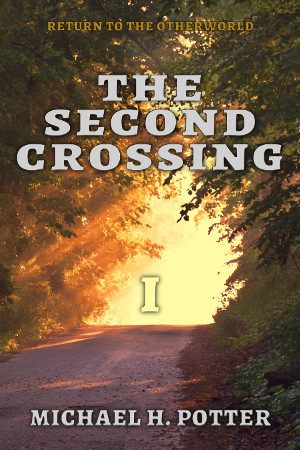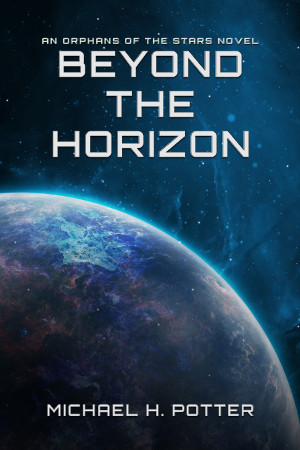Yesterday, I quietly released the second alpha of my current long-term software project, Themis. For the moment, you can check out the code on my Github, which has returned to life after lying dormant for three years. I’m developing this one in the open, in full view of all the critics I know are lurking out there, and I’ll be updating you on my progress with dev diaries like this one.
The Project
First off, what is Themis? Well, it’s hard to explain, but I’ll give it a shot. What I mainly want to create with this project is a kind of successor to Usenet.
We have a lot of discussion platforms nowadays. There’s really no shortage of them. You’ve got proprietary systems like Facebook, Twitter, and Disqus; old-school web forums such as vBulletin, XenForo, and the more modern NodeBB; open, federated services like Mastodon and Pleroma; and the travesty known as Discourse. No matter what you’re looking for, you have options.
Unless you want the freedom, the simplicity, and the structure Usenet brought to discussions so long ago. That’s what Themis aims to recapture. My goal is to make something that anyone can install, effectively creating their own node (instance, in Mastodon parlance) that connects (federates) with all the others.
So far, that’s not too different from most of the “fediverse” platforms, but here’s the kicker. While Mastodon, Pleroma, GNU Social, and Misskey all focus on a flat, linear timeline in the vein of Twitter, Themis will use a threaded model more akin to newsgroups. Or Reddit, if you prefer. (Yes, there’s Prismo as the federated counter to Reddit, but bear with me.)
Also, while the current drama on most any platform is about banning, filtering, and censorship, I want to make Themis a place where speech is free by default. Rather than hand all the power to server admins, who can implement blocklists, filter policies, etc., Themis is going to be focused on user-guided filtering. If you don’t want to see what a certain user says, then you block that user. If you don’t like a specific topic, you can hide any threads where it’s discussed. And so on.
In my opinion, that’s a more viable model for open discussion. Rather than skirt around sensitive topics out of the fear of “deplatforming”, we assume that users are adults, that they have the maturity to know what they like and don’t like. The filtering system will need to be robust, powerful, and precise, but the key is that every part of it will be in the user’s hands. Yes, admins will still have the ability to ban problematic users (only on their server, of course) and remove posts that may violate laws or rules, but these should be the exception, not the rule.
Also, Themis is group-oriented. Every post falls into at least one group (crossposting isn’t implemented yet, but I’m getting there), and every group contains a set of threads. This will also fall into the filtering system, and here’s a place where admins can steer the discussion. A “tech” group on example.social, for instance, would follow the rules of that server, and it might have an entirely different “feel” to the tech group on themis-is-awesome.tld. Configuration will allow admins to make groups intended only for local users, or invite-only, or moderated in the classic “all posts must be approved” style.
Where we are now
At the moment, most of this is a distant dream. I won’t lie about that. Themis is at a very early alpha stage, and there’s a lot of work left to even get it feature-complete, much less in a state worthy of release. To make matters worse, I’m not entirely sure how possible it is. I’m working alone, and I’m not the best programmer out there.
I’m giving it a shot, though. In only six weeks, I’ve gone from nothing more than a skeleton app in a framework I’d never even used to something that actually runs (albeit only on localhost). As of the 0.0.2 release, you can create an account, log in, view posts, add new ones, and reply to existing ones. The group creation functionality isn’t there yet, authentication is…haphazard at best, and the admin section is next to nonexistent. But that’s what alphas are for. They’re for getting all these pieces into place, even if there are a lot more of those pieces than you first anticipated.
What’s next
As I said, Themis isn’t even close to beta yet. I’ll likely put out quite a few more alphas in the coming weeks. The third release, if all goes well, will add in an admin control panel, plus the necessary scaffolding for site settings, preferences, and other configuration stuff. Alpha 4, in my vague mental outline, will fix up the posting functionality. Future milestones include group creation, filtering (a big one!), network optimization, and so on.
The beta releases, assuming I make it there, are all about getting Themis where I want it to be. That’s when I plan to start adding in federation, even better filtering, ActivityPub support, and an NNTP gateway, among others. (In case you’re wondering, I don’t have the slightest idea how to do half of that. And here I thought I’d be reading fiction in 2019! Nope, looks like specs instead.)
In my wildest dreams, all this somehow works out, and I can make a stable 1.0 release on October 1st. Stay tuned to see how that pans out.
If you want to help with Themis, or just take a look at it, check it out here. For the techies out there, it’s written in Typescript, using NestJS for the back end, Vue for the interface, TypeORM as a database abstraction layer, Axios for HTTP, Passport and JWT for authentication, and a whole bunch of other libraries I can’t remember right now. The project is entirely open source, under the MIT license (not AGPL, as so many other fediverse projects are), and I promise I’ll take a look at all serious suggestions, issues, bug reports, and advice.
Whatever the future holds, I’ll call this venture well worth it. Maybe I’ll burn out and fade away. Maybe I’ll change the world as much as Gargron and Lain are doing. I don’t care what the outcome is. I’ve found a passion, and this is it.


